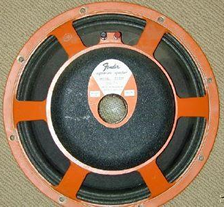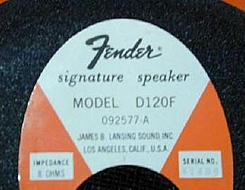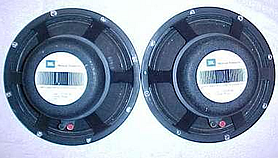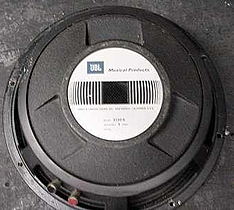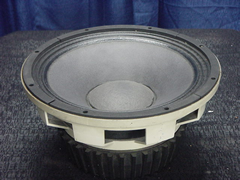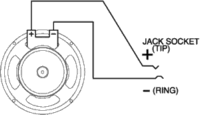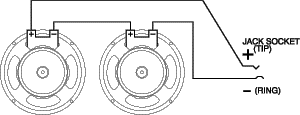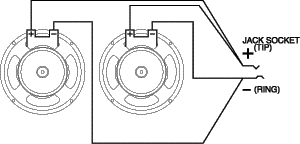
Cabinet: 15ply or 12 ply Birch plywood 14 1/2" Deep, 42 1/2" High, 19" Wide 1 1/4" lip on the front 5/8". Dimensions are outside finished dimensions. You can coat the wood with a polyurathane or West System marine epoxy which is bullet proof.
Aluminum speaker holders 1"wide
X 2" long X 3/4" thickness. There are 3 steps to the back
of them 1/4" 5/8" and 11/16. With the 1/4 inch lip resting on the speaker
and the 11/16 in land resting on the wood. Both the
5/8" land and the 1/4" lip are 3/4" long. That means that
the 11/16 thick part is 1/2 inch wide. Confused yet? : )
Specs provided by Erik Larson
(Cryptical)
